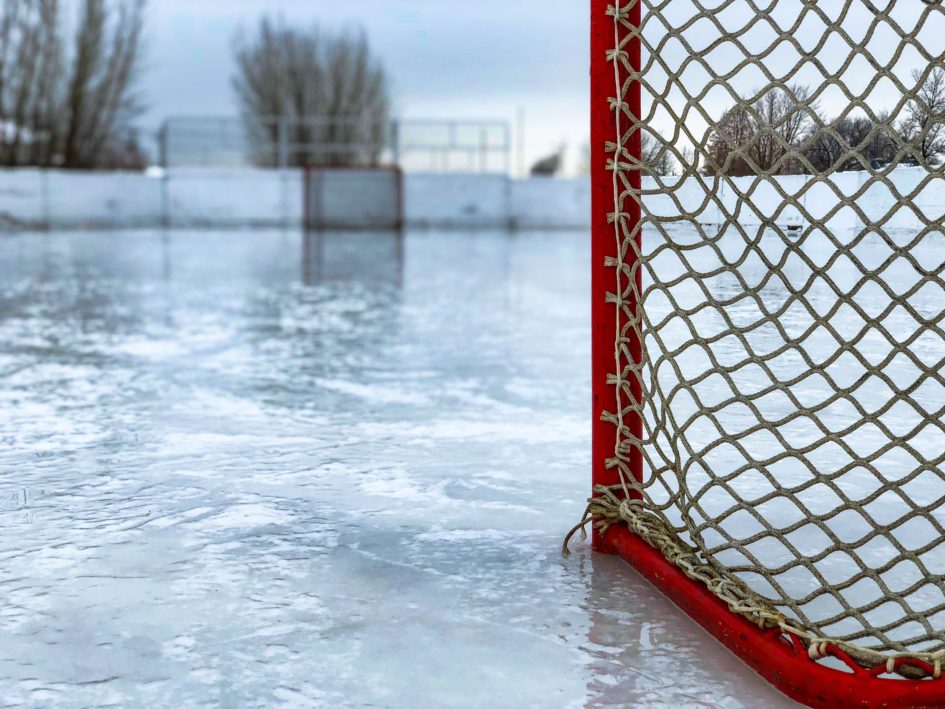Building off my own experiences, I believe that curriculum can be embodied in the metaphor of a hockey team. A hockey team is made up of players that bring different attributes to the team and play various roles on that team but have to work together to be successful. Curriculum, like a hockey team, has to be prepared to overcome obstacles and train to have longevity and keep working together for the entire season to make a run for the “Cup” (aka life or future jobs).
For a hockey team, it is just as important what happens on the ice as well as off and to build relationships with teammates. A curriculum has to be able to provide opportunities for students to develop the proper tools to grow and expand emotionally, socially and intellectually and be a guide to help develop a balanced moral compass.
The managers and coaches of a hockey team have to plan for the entire season and simultaneously look forward into the future of the team. Similarly, the curriculum has to create a blueprint to achieve a common goal of present and future success in students but just like in hockey, although the main objective stays the same, the circumstances are always changing, and shifting which creates an environment impossible to predict. The curriculum should prepare students for the real world and create transferable skills that can be used throughout their lives and make them valuable and successful in the work force.
Just like in minor hockey, skills need to be taught at the basic level and increased in complexity and difficulty until the student has become successful at a skill that they built up over time by scaffolding. Similar to the curriculum, the expectation is that not every player can be the next McDavid or Crosby, but a baseline of skills and knowledge can be reached to allow the students to explore their own interests and create their own experiences that guide their learning and to explore their own passions.
There were aspects that became clear to me by reading the Egan’s (2003) and Blades’ (1997) articles but also brought up many more questions. Different people’s viewpoints on curriculum are so ingrained into their own minds it seems impossible to change them. Should curriculum involve teaching methods, individual’s learning experiences, and a comprehensive blueprint and steadfast objectives? Should it be dynamic and flexible? The articles also made me think about what truly stays stationary in curriculum compared to what progresses and regresses? I feel that the context of society plays a major part in that role but does one fully influence the other? Particularly in Blades’ article, it made me think about how the type of lens impacts the curriculums flight path. How big or small the lens is that you are using to criticize the curriculum plays a large role in what becomes your final product. But that also makes me think: should there ever be a final product, or should it constantly be shifting and adapting to what is happening in the world or your own community? More than ever, so many voices and check and balances are in place that politics and bureaucratization play too much of a role in determining curriculum. To me, curriculum is a dynamic and evolving concept that people do not know the exact definition of but have to keep trying to score on a net that is constantly changing shapes and sizes.
References
Blades, D. (1997) Procedures of Power in a Curriculum Discourse: Conversations from Home. JCT, 11(4), 125-155.
Egan, K. (2003) What is Curriculum? JCACS ,1(1),9-16.
Featured Image: Photo by Chris Liverani on Unsplash

Leave a Reply